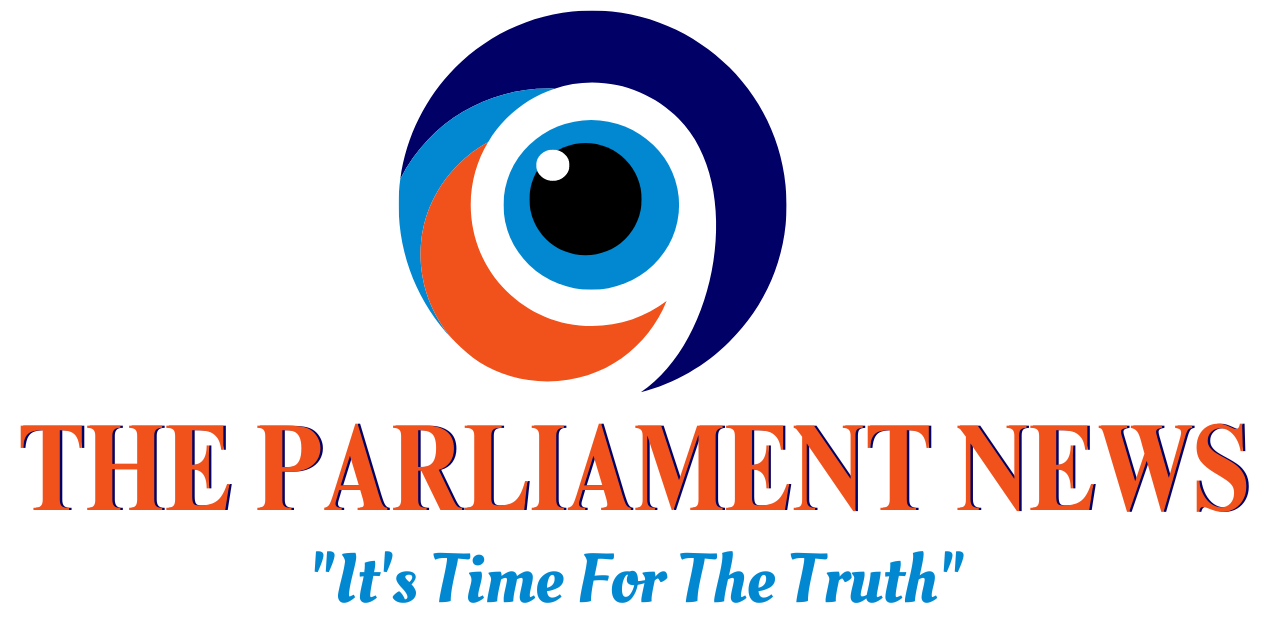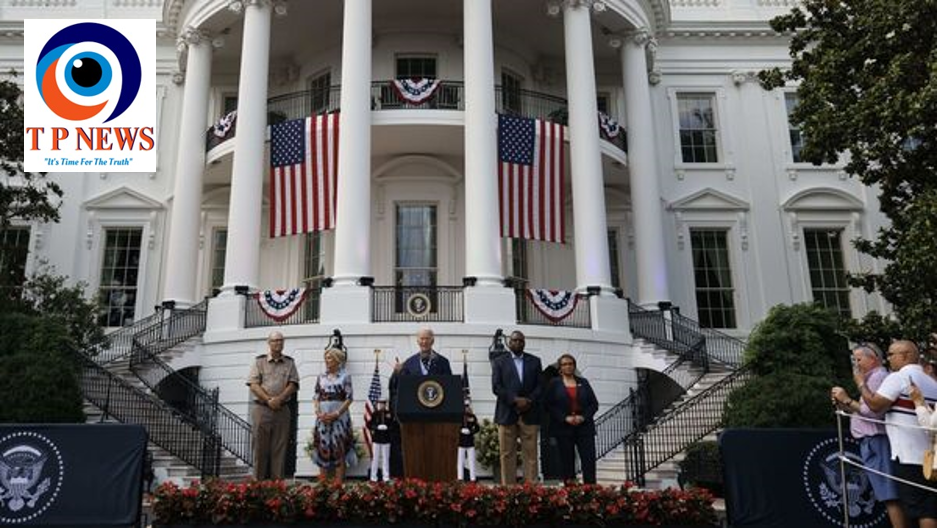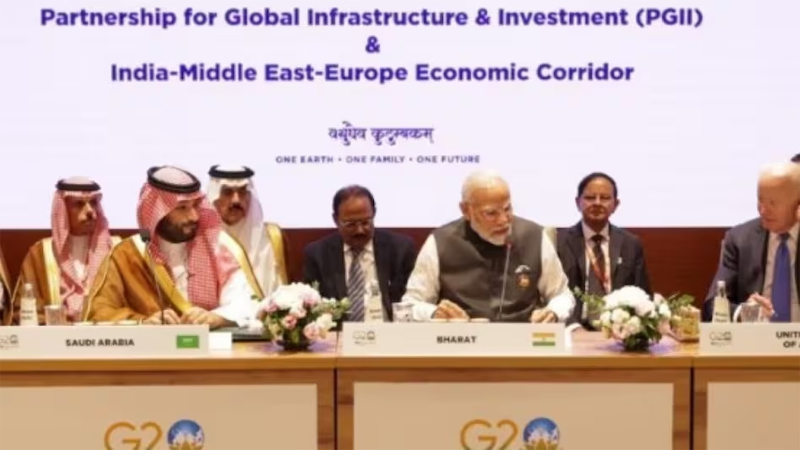In a rare display of bipartisan cooperation, the United States Congress has successfully passed a ‘stopgap funding bill’ to avert a potentially damaging government shutdown. With just hours to spare before federal agencies were set to run out of funding, the Republican-controlled House of Representatives voted overwhelmingly in favour of the 45-day stopgap measure, with a final tally of 335-91, according to AFP reports.
The passage of this bill, however, has not come without political repercussions. Kevin McCarthy, the top Republican in the House, now finds himself facing a challenge to his role as speaker. Some party hardliners within his own caucus have expressed their dissatisfaction, claiming that the stopgap bill represents a victory for the so-called “Uniparty” of Washington, as reported by Reuters.
Republican Representative Andy Biggs, a prominent hardliner, openly questioned McCarthy’s fitness to remain as Speaker of the House on the social platform X, formerly known as Twitter. McCarthy’s decision to bring a measure to the floor that could garner Democratic support has, in essence, put his own leadership position at risk.
Amid this internal turmoil, there is a possibility of Democratic support for McCarthy in the event of an ouster attempt. Some Democrats have suggested that they could back a moderate Republican willing to share power within House committees. However, there are also those within the Democratic camp who remain steadfast in their support for House Democratic leader Hakeem Jeffries.
The spectre of a government shutdown loomed large, arriving at a precarious moment for President Biden. With already low poll numbers and concerns about the economy, the President is seeking a second term in office, emphasizing his ability to provide steady leadership in Washington. When questioned about whether President Biden should bear any responsibility for a potential shutdown, White House budget director Shalanda Young adamantly rejected any such notion, accusing Republicans of being indifferent to the well-being of ordinary citizens, as reported by AP.
The current crisis stems from a previous standoff earlier in the year over raising the debt limit. While the stopgap funding bill has averted an immediate government shutdown, it underscores the ongoing challenges and political divisions in the United States legislative landscape.





